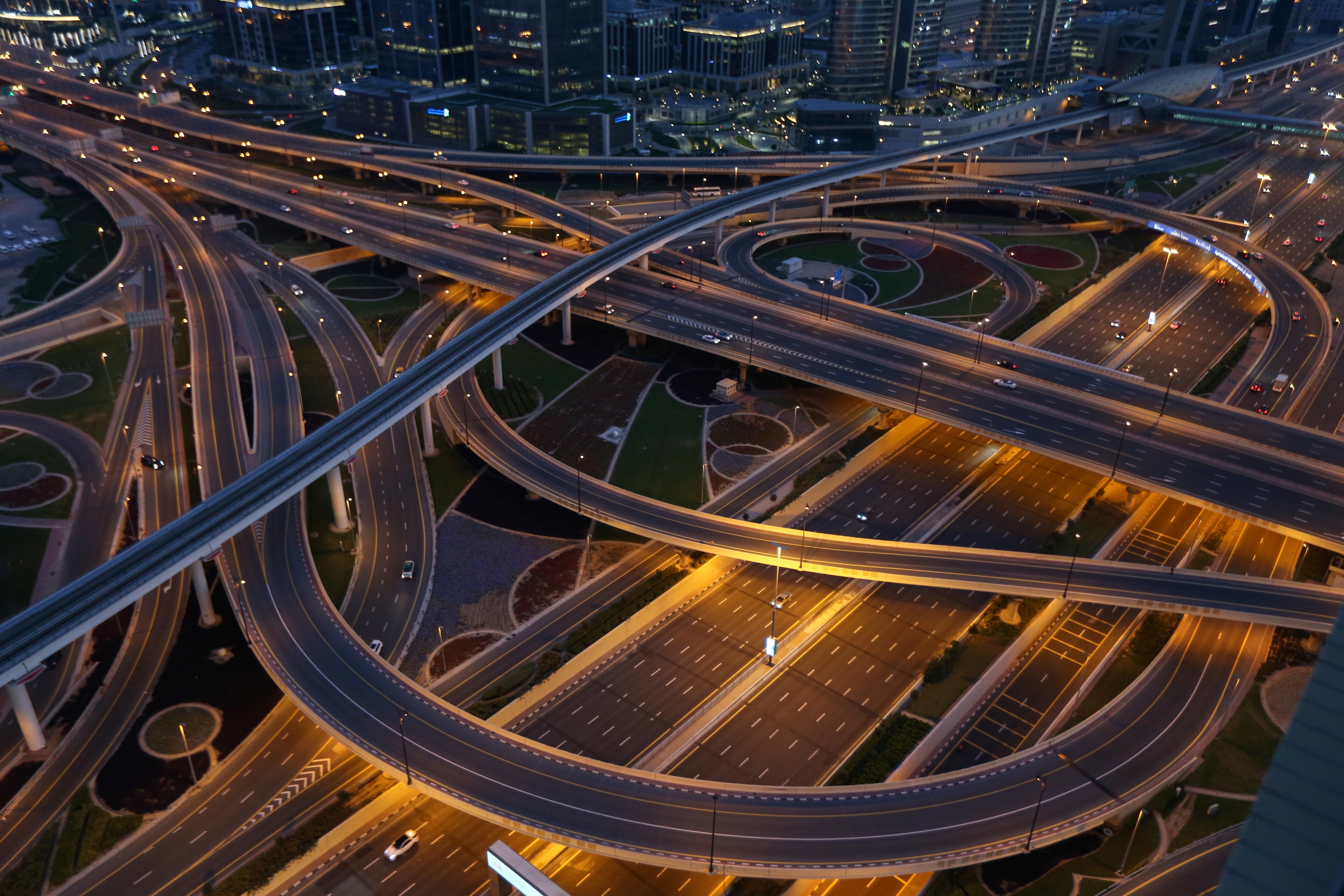The decoupling of emissions and growth is underway. These 5 charts show how
The global aggregate masks great diversity in the country-levels details.
Image: REUTERS/Tim Winbourne
Stay up to date:
Climate Crisis
Producing more stuff takes more energy. Using more energy means more pollution. That statement would once have seemed like common sense.
Because most of our energy has historically come from fossil fuels, rising economic growth has gone hand in hand with higher carbon emissions. But in 2014, something extraordinary happened. Globally, carbon emissions decoupled from GDP growth.
According to the International Energy Agency, energy-related CO2 emissions were flat that year, despite an increase of around 3% in global GDP. “This is the first time in at least 40 years that a halt or reduction in emissions has not been tied to an economic crisis,” the IEA said at the time.
But the global aggregate masks great diversity in the country-levels details. This, for example, is Denmark:
The decoupling between GDP and CO2 started long ago in Denmark, a small economy with a big commitment to clean energy. The country has managed to cut carbon emissions from energy combustion below 1990 levels, the baseline generally cited in global climate agreements.
Several other developed countries, mainly in Europe, have done the same, by expanding renewable-energy capacity as a substitute for fossil fuels (especially coal) and boosting energy efficiency to conserve more power:
The carbon intensity of other big economies has been falling as well, although absolute emissions remain higher than they were in 1990. This is the case, for example, in the US, the world’s second-largest emitter:
China, the biggest emitter on the planet, has also managed to weaken the link between GDP and emissions growth, in part due to a massive push into renewable energy. But make no mistake: China is still pumping out a huge, and growing, amount of CO2 per year:
Other large, rapidly industrializing countries show fainter signs of decoupling, although it’s there if you look very closely:
This is a hopeful sign for the planet—up to a point. The countries that have made most headway in cutting emissions are developed, relatively rich, and settled on a modest economic growth path.
Meanwhile, the faster-growing countries that are trying to catch up are being urged to curb emissions in a way that advanced countries never considered. Although the link between GDP and emissions appears to be breaking down, climate scientists warn that we’re already dangerously close to the point of no return when it comes to the amount of CO2 in the atmosphere that will bring about disastrous and irreversible climate change.
Don't miss any update on this topic
Create a free account and access your personalized content collection with our latest publications and analyses.
License and Republishing
World Economic Forum articles may be republished in accordance with the Creative Commons Attribution-NonCommercial-NoDerivatives 4.0 International Public License, and in accordance with our Terms of Use.
The views expressed in this article are those of the author alone and not the World Economic Forum.
Forum Stories newsletter
Bringing you weekly curated insights and analysis on the global issues that matter.
More on Climate ActionSee all
Stephanie Dunn and Firuze Alpaydin
July 22, 2025
Muhammad Hassan Dajana and James Balzer
July 22, 2025
Goodness Esom
July 18, 2025
Fred Krupp
July 15, 2025
David Elliott
July 15, 2025




